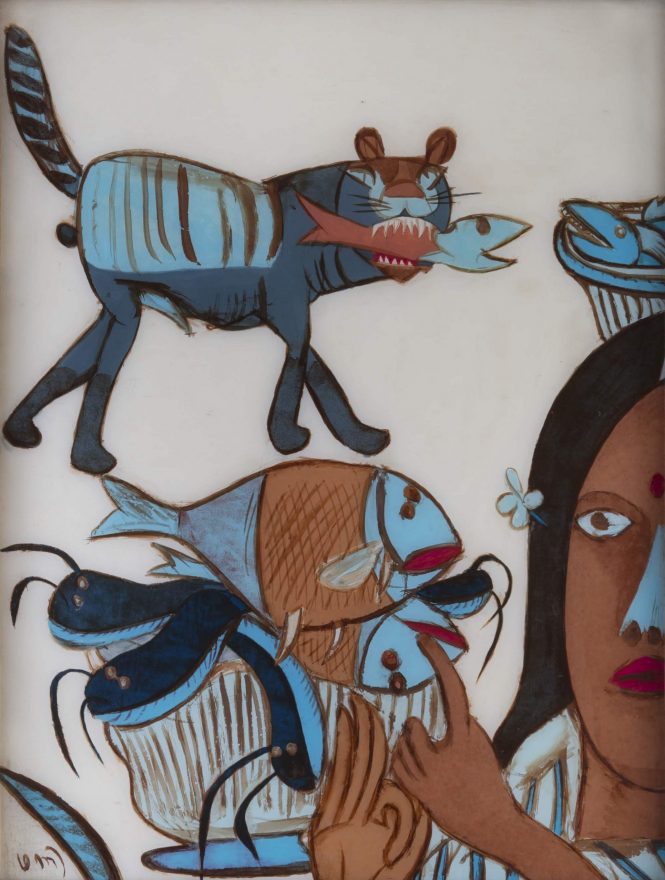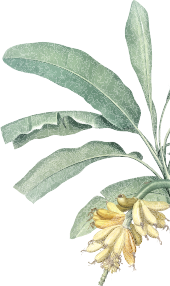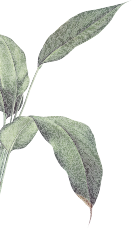
For the love of fish
Our history with fish has stood the test of time. Excavations from regions that formed the Indus Valley Civilisation reveal that sea fish were likely consumed in South Asia more than thousands of years ago. Even today, the rich coastlines of India are home to numerous species of fish.
In Bengali cuisine, fish occupies a central role, so much so that some view it as intrinsically linked to Bengali identity and culture. Even the priestly class in Bengal, the brahmans, consume fish. The hilsa, in particular, is a prized possession and is also the subject of rivalry between East Bengal (now Bangladesh) and West Bengal. When Bengal was partitioned in 1947, there was also a division in rivers. Though both the Ganga and Padma river contain hilsa, there are heated debates over which side has the more succulent fish. This extends to the sports field as fans of the East Bengal football team celebrate a victory over a meal of hilsa while Mohan Bagan fans opt to eat prawns. Yet, despite divisions in land and sporting rivalries, individuals on both sides share a common love for the famed hilsa. In the Meen Moilee recipe below we see this shared intimacy in a new form.
KG Subramanyan’s painting depicts a woman who appears to be prodding a basket of blue fish and prawns, perhaps playfully. Behind her, a blue tiger, bearing sharp teeth, holds a fish in its mouth. In the coastal state of Kerala, KG Subramanyan’s place of birth, fish is an important component of local cuisine. Karimeen (Green Chromide or pearl spot fish), found in both fresh and brackish water, was crowned the state’s official fish in 2010 and remains a crowd-favourite.





Share It Now...